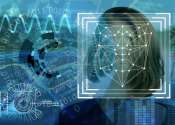Exercise or snack? How our brain decides
Should I go and exercise, or would I rather go to the café and enjoy a delectable strawberry milkshake? Until now, what exactly happens in our brain when we make this decision has been a mystery to science, but researchers ...
18 hours ago
0
8









